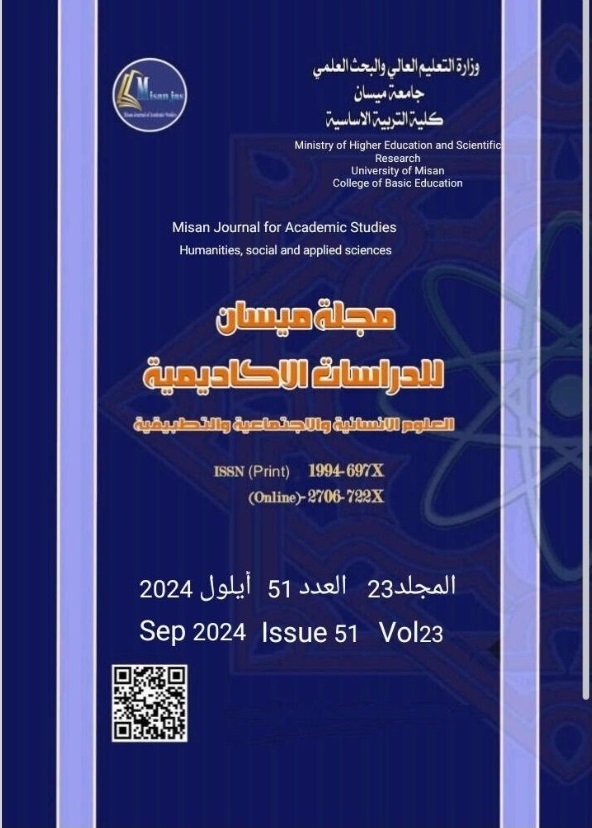Evaluation the Salivary levels of Interleukin-23 in Individuals with Thyroid Disorders
Abstract
Background: The study investigates the role of IL-23 in autoimmune thyroid disorders, focusing on patients with hypothyroidism and hyperthyroidism.
Material and Methods: This case-control research was conducted at Baghdad Teaching Hospital from January to May 2023. Saliva samples were collected from 87 participants, including 29 with hypothyroidism, 29 with hyperthyroidism, and 29 healthy controls. Saliva samples were analyzed for IL-23 levels using ELISA assays, while thyroid function tests (FT3, FT4, TSH) were conducted using the cobas c 111 colorimetric method.
Results: The study found a significant difference in IL-23 levels between the hyperthyroid group and the control group (P<0.01). However, no significant difference in IL-23 levels was observed in the hypothyroid group compared to controls (P>0.05). The age distribution showed no significant differences across patient groups (P>0.05), while gender distribution indicated a higher prevalence of thyroid disorders in females.
Conclusion: IL-23 serves as a significant marker for hyperthyroidism diagnosis, but further research is needed to explore its role in hypothyroidism. The study supports IL-23's involvement in autoimmune responses and its potential as a diagnostic tool for thyroid disorders.
Downloads
Copyright (c) 2024 (Humanities, social and applied sciences) Misan Journal of Academic Studies

This work is licensed under a Creative Commons Attribution-NonCommercial-NoDerivatives 4.0 International License.
The copyright is also the copyright of the magazine only.
All articles published in our magazine are subject to license terms
Creative Commons Attribution(CC BY-NC-ND 4.0) This license permits the content to be reproduced, redistributed and reused in whole or in part for any purpose free of charge, without any permission from the author(s), researcher or student.
Works submitted to Maysan Journal of Academic Studies for publication in the journal (CC BY-NC-ND 4.0) license terms. Where available content can be shared, distributed and replicated provided there is no commercial profit and appropriate credit must be given to the original source through sources or citations. It is mandatory to review any material used from other sources including shapes, tables, and images for re-use under the terms of the Creative Commons License (CC BY-NC-ND 4.0).Provided that there is no modification to the original content



